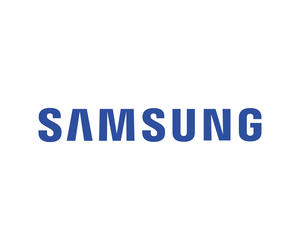1. Make an Agenda — and Follow It
As noted by the Harvard Business Review, 71 percent of senior managers find meetings “unproductive and inefficient.” One key driver of this meeting dissatisfaction is missing or misleading agendas; meetings that waste group time are often hampered by vague agendas that are short on details and long on previously made decisions.
To mitigate this problem, businesses need to craft agendas that specify key topics, lay out who’s going say what and when, and build in time for discussion once primary points are covered. While there’s no form for the perfect agenda, there’s an easy rule for function: Follow it. Don’t let speakers go over their allotted time, cover all points listed and table off-topic discussions for later.
DISCOVER: Find more tools to make your workforce more productive.
2. Always Be Prepared
Good preparation keeps discussions on topic and reduces the risk of staffers getting bored. According to Business Insider, 58 percent of employees have witnessed staff members sending texts or performing other unrelated tasks during a meeting.
Preparation of materials, talking points and technology resources — from Wi-Fi passwords and USB sticks to peripherals like microphones or cameras — streamlines corporate meetings and helps keep everyone on track.
3. Loop in Employees First, Not Last
Employees are often the last to know when meeting venues, agendas or speakers change. According to HR Technologist, 57 percent of staffers say they’re not given clear directions and — perhaps more telling — 69 percent of managers say they’re “not comfortable communicating with employees in general.”
The result is hardly surprising: Participants attending meetings often don’t know what the meeting is about, what they should bring with them and what they’ll be expected to contribute. And without employees clued in, meetings become a one-sided affair: Executives with the agenda do the talking, staffers pretend they’re listening and productive discussion is missing.
MORE FROM BIZTECH: Learn how businesses can successfully transition to full remote work.
4. Leverage the Right Technology
With agendas, preparation and premeeting communication covered, now it’s important to leverage the right technology to capture employee attention up front.
According to Chris Mertens, vice president of U.S. sales, B2B displays for Samsung Electronics America, the right tech lets companies avoid the “first-10-minutes tax” — time spent setting up devices, configuring connections and ensuring everything works as intended. “With conference room space at a premium,” he says, “people are peering in, hovering and waiting. You can’t afford to lose that 10 minutes of time.”
The Samsung Flip 2 display helps bridge the time and attention gap. This collaborative, wireless digital board uses passive pen technology that “lets users change the thickness of lines and write with different colors to quickly make annotations and changes,” says Mertens. “With the ability to quickly go back and forth between slides, move to different pages and send or save pages on demand, the Flip 2 empowers the free-flowing nature of a creative session.”
Both the 55-inch and 65-inch versions feature secure wireless connectivity, Lightweight Direct Access Protocol support, over-the-network firmware updates and remote management elements that allow users to easily share screens and distribute notes. Samsung is also expanding the reach of the tool: Mertens notes that “we’re working with Cisco, Zoom and Microsoft Teams to deliver enhanced collaboration and already are seeing requests for larger boards, anywhere from 75 to 85 inches.”
Meeting malaise impacts operational efficiency. Combat attention attrition by building better agendas, doubling down on preparation, looping in employees and leveraging the right technology.
Brought to you by:











